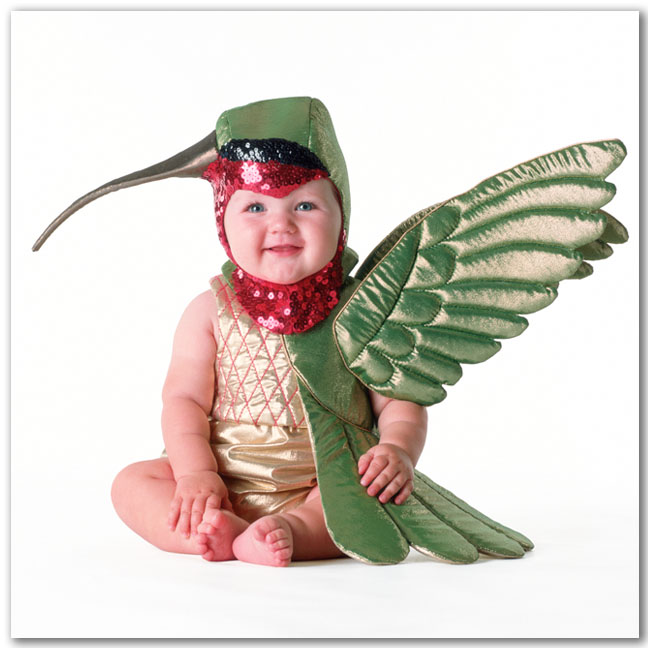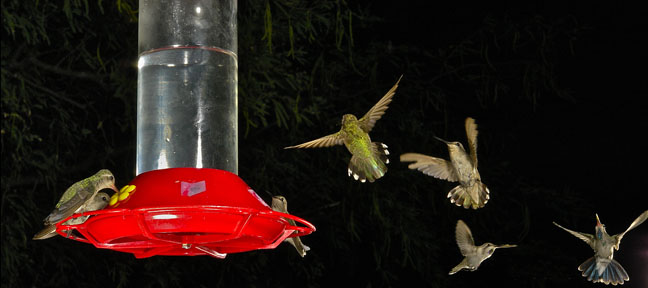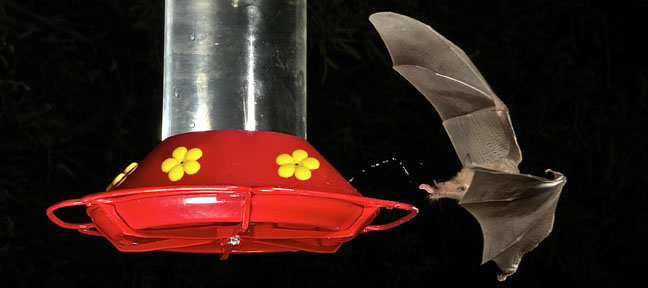Feeder Frenzy!
I’ve been feeding hummingbirds since I moved from New York about eight years ago. I’ve always been charmed by these seemingly delicate creatures (They are actually quite aggressive!) ,but little did I know that I would be attracting an interesting nighttime visitor to the feeder as well. Back in New York there was only one seasonal hummingbird visitor, the Ruby-throated , and sightings were few and far between. Here in Arizona, there are 18 varieties, many of which are here year round. Now to get back to the night visitors. A couple years ago I noticed that my half full feeders had been drained overnight. I was somewhat puzzled by this and set up a Bushnell Trophy Cam set on video capture to see who might be the culprit. To my surprise it was a species of bat. Not just any bat, but the Mexican long nose bat, an endangered species that is a nectar and pollen feeder. Saguaro, those iconic western cacti with limbs like arms, are their primary food source in early summer. Nectar and pollen from these magnificent giants are what these migratory pollenators crave.
Lately it seems the bats have adapted to a new food source. The thousands of hummingbird feeders put out by backyard gardeners and bird enthusiasts.These bats are medium sized, with a 2.5 to 3 inch body and 14 inch wingspan. I have had what must have been at least 50 of these sharing two feeders on a couple of nights last summer! (Thanks to Ted Fleming, Emeritus Professor of Biology, University of Miami and Adjunct Professor,Dept. of Ecology and Evolutionary Biology, University of Arizona who helped me identify this bat photo.)
Below is my baby hummingbird from Tom Arma’s Baby Birds™, which I’ll be posting soon.




